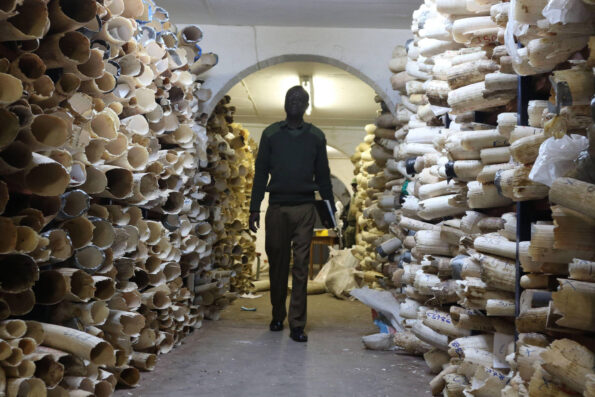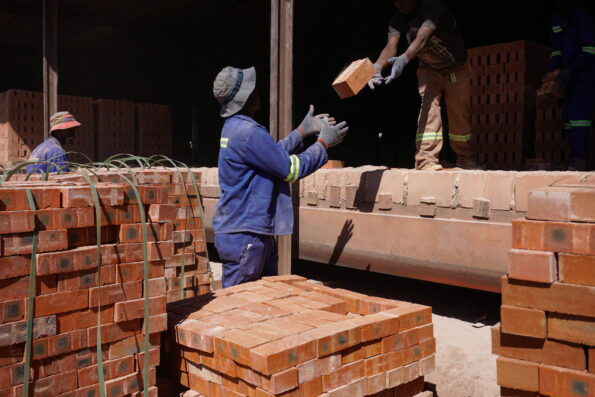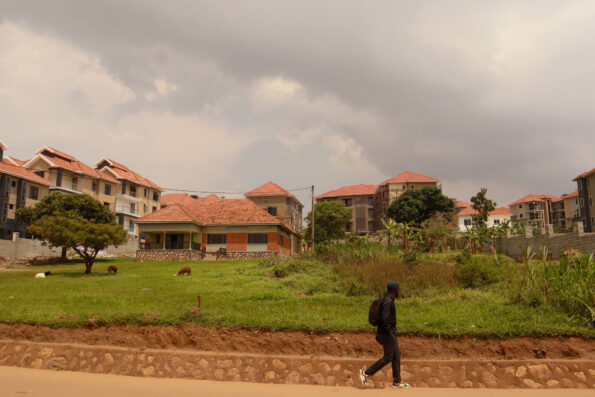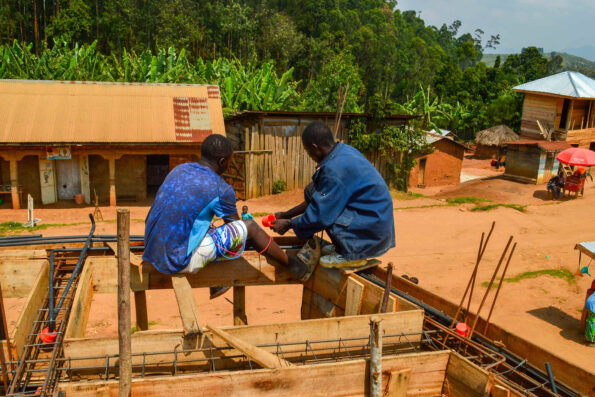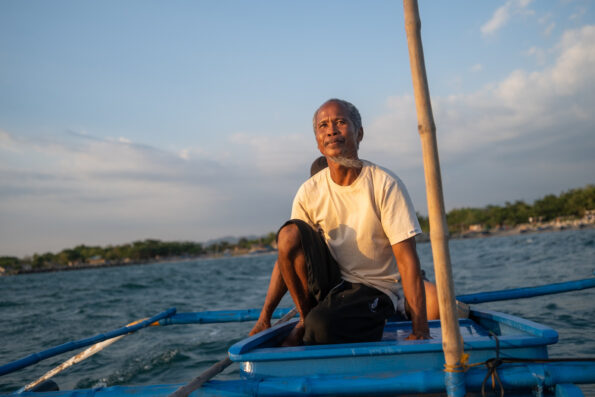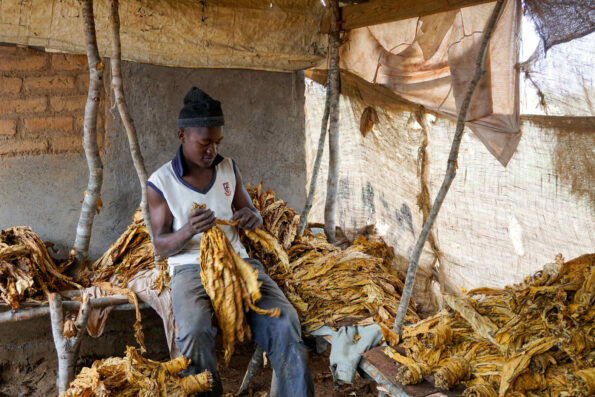
Raihana Maqbool, GPJ Indian-administered Kashmir
Trucks from the portion of Kashmir controlled by Pakistan deliver goods to the Indian-administered section of Kashmir at the Salamabad Trade Facilitation Center. New regulations have curtailed trade at the post.
SALAMABAD, INDIAN-ADMINISTERED KASHMIR — The trucks that line up to cross the internationally contested boundary line here are covered in color: Painted peacocks and lions peer from their sides. Artificial flowers sprout from crevices in the cabs. Some trucks display calligraphed lines of poetry in Urdu, the language shared by both sides of the border.
The trucks wait in the section of Kashmir claimed by Pakistan, ready to drive into the section of Kashmir governed by India. People on either side of the boundary, known as the Line of Control, say they’re connected in ways that their shared language only hints at. They share ancestry and culture. In some cases, they’re relatives.
Yet their trade with one another is carefully monitored. Indian soldiers escort Pakistani drivers when they cross the line. Those drivers have a few hours to unload their goods – rugs, fresh fruit, nuts and more – then they’re escorted back across. Economic activity here has always been restricted, but new rules added in recent years have made trade even more difficult.
Pomegranate seeds can’t be traded, nor apples, according to regulations added in January, says Abdul Ahad Mangral, a trader and general secretary of the Salamabad Traders Association. Both of those items are famously grown in Kashmir. Pistachios had been on the list, but following protests from the traders, the ban on those nuts was lifted in March.
GPJ sought official documents stating the regulations but no one could provide them. Instead, GPJ relied on information provided by traders and officials, all of whom agreed on the substance of the new regulations.
When the trade post opened, trade there was restricted to 21 types of items. The list still includes those 21 item types, but subcategories have consistently been curtailed, says Hilal Turkei, president of the Salamabad Cross LoC Traders Union. For example, fresh fruit is allowed, but that category no longer includes apples.
“How will this trade survive if these things keep happening?” asks Ahad, the trader and Salamabad Traders Association general secretary. “I feel it’s a conspiracy to close the trade.”
The new restrictions on certain goods, which began in 2017, came on the heels of serious unrest. When Indian troops enacted a strict curfew in 2016 across the Kashmir Valley to quell riots, trade at the Salamabad post was suspended for months.
Trade at the post sank to 264 crore Indian rupees ($37.7 million) during the 2016-2017 fiscal year, down from 532 crore Indian rupees ($76 million) during the 2015-2016 fiscal year, says Turkei.
When the post opened in 2008, about 600 traders engaged in business there. Now, he says, there are just 230 traders.
This road that winds through the frontier between two of the most infamous sparring partners on the international stage has been here since long before the Line of Control was established in 1972, and even before 1949, when that same boundary was formalized as a ceasefire line. The whole region of Kashmir has a distinct identity, but it is now divided into disputed zones, separately controlled by Pakistan, India and China. The Kashmir Valley, the region most often cited because of the ongoing, violent protests, is uneasily administered by the Indian government.
The trade route at Salamabad, between the areas of Kashmir controlled by Pakistan and India, opened in 2008, in a move widely viewed as a sign of stability and peace. That was three years after bus service began across the line, enabling families divided by it to reconnect.
Many – and some analysts say most – of the traders who use the route have relatives on the other side, making the work as much an emotional exercise as an economic one.
“I am a businessman, and profit is very important, but I have an emotional connection with this trade,” says Rashid Bhat, a trader from Kulgam district in the Indian-controlled portion of Kashmir. His brother lives on the Pakistani side. “I feel I am connected with my relatives there,” he adds.
Raihana Maqbool, GPJ, translated interviews from Urdu and Kashmiri.


